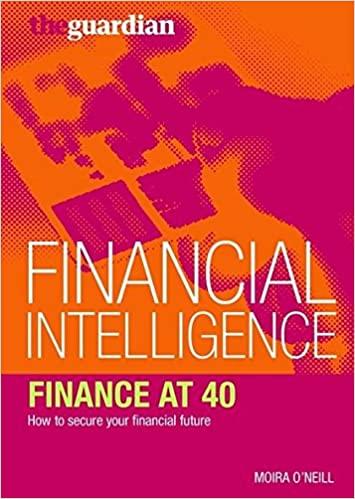Question
The January 26, 1998 issue of Forbes magazine contains an interview with Professor Randall Kroszner, a financial historian at the business school of the University
The January 26, 1998 issue of Forbes magazine contains an interview with Professor Randall Kroszner, a financial historian at the business school of the University of Chicago. He discusses the historical similarities between the collapse of the economies of the Western nations in the
1930s and the collapse of the Eastern nations economies in the 1990s. According to Professor Kroszner:
Countries such as Great Britain had returned to the gold standard [after
WWI] at unrealistic parities and found it difficult to pursue domestic policies consistent with the link to gold. After 1929 there was a dramatic loss of confidence in the central banks ability to peg their currencies to gold, and in the banking systems themselves. TheAsian economies are now in turmoil because they had unrealistic exchange rates except in their case they were pegged to the dollar, not to gold. Their domestic credit policies made their external link to the dollar unsustainable.
Nigel Holloway points out that both in 1930 and in the mid
-1990scurrency collapses led to a deflationary spiral. Further discussion centers on the ability of market forces to sort things out.
Central banks do more harm than good in the long run according
to Professor Kroszner, and the lesson of the depression is to open
not close [a countrys] markets in time of crisis.
Continuing, Professor Kroszner makes a case for the least amount of regulation in the financial markets. Citing as an example the rapid development of 18th century Scotland, Professor
Kroszner suggests, A virtually unregulated financial system can be the engine of economic development.
You may remember news about the Asian economic problem.
1. Discuss why financial problems in Asian countries relevant to American firms?
2. Identify if itis reasonable to extrapolate from events of two centuries ago? Does history repeat itself?
3. Explain how you would characterize the level of regulation of U.S. financial markets today? Are they virtually unregulated?
4. Describe how financial managers hedge against currency fluctuations like the ones seen in Asia?
Step by Step Solution
There are 3 Steps involved in it
Step: 1

Get Instant Access to Expert-Tailored Solutions
See step-by-step solutions with expert insights and AI powered tools for academic success
Step: 2

Step: 3

Ace Your Homework with AI
Get the answers you need in no time with our AI-driven, step-by-step assistance
Get Started


